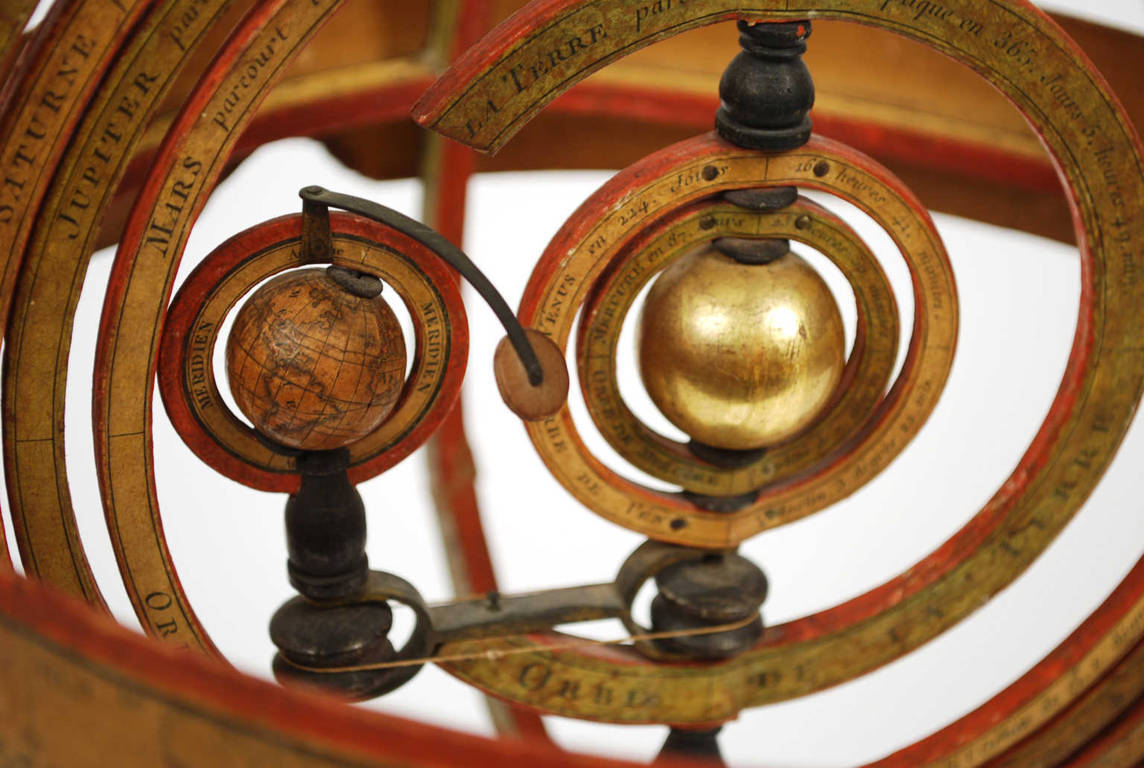antik.it/Nautical-antiques/7800-Scrimshaw/
Code 7800
EUR 1300.00
In stock
1703779378Code 7800 ScrimshawScrimshaw of an engraved whale's tooth, depicting on one side a truncated pyramid stone culminating with a half sphere and surmounted at the top by a six-pointed star, symbolism attributable to Freemasonry, and at the bottom the date 1820 and above the writing TASMANIA.
On the back there is a half-length portrait of an elegantly dressed man and at the top the initials D.M.G.
Good condition. Measurements 9x3x2 cm – 3.6x1.3x0.6 inches.
The word scrimshaw refers to an art form (and the various products of this art) developed aboard American whalers between 1745 and 1759 as a means of recreation to occupy time during long hours on board; this art form consisted of a process of engraving and carving whale bones and teeth, with which a wide range of objects both commonly used and ornamental were made, which were usually made as souvenirs for members of one's family. In the choice of materials the first was certainly the ivory tooth of the sperm whale. Only the tip of the tooth was smooth and it was necessary to prepare the rest of the rough surface by polishing it. The tooth was well soaked in salt or warm water, often with added potassium. Then a file was used to rub and round the surface, and finally fine sandpaper was used to complete the process. The last stage of polishing was performed with pumice or ash and then the tooth was rubbed again with the palm of the hand. Each step had to be done very slowly so as not to damage the smooth surface of the tooth. As regards the subjects to be engraved, the most common were the drawing of a ship or scenes of cetacean capture, made with a needle or a knife, or an appropriate blade: for example, thanks to Herman Melville we know that some whalers had boxes of Dentist tools specially designed for scrimshandering. The origin of scrimshandering, as the whalers called it, i.e. the art of making scrimshaw, is a mystery: theories range from identifying its origin in Eskimo culture or Native Americans, to emphasizing the influence of South Sea islanders. The explanation of Edouard A. Stackpole (1903 -1993), American journalist, writer and whaling historian, is perhaps the most plausible: scrimshaw would have simply been the maritime development of the ancient art of carving ivory, as it had been practiced for centuries, and as a folk art form would have been nothing more than an adaptation by American whalers of an ancient craft.
FAQ
Do you provide an authenticity certificate/expertise?
Of course! The legislative decree n. 42/2004 stipulates that who sells works of art or historical and archaeological items has the obligation to deliver to the purchaser the documents attesting to the authenticity of the object, or at least to submit the documents relating to the probable attribution and origin. Antik Arte & Scienza provides an expertise (as warranty) that contains a description, period and assignment or the author, if known, of the item.
How can I pay?
Secure payments by PayPal, credit card or bank transfer.
What are the shipping terms and the delivery schedule?
Shipping by DHL or UPS is free (but if we are shipping to a country non-EU remember that any taxes and customs duties are on your expense), and items will be sent just after receiving of payment.
Italy: delivering on the average in 24 h.
Europe: delivering on the average in 2/3 weekdays.
Other countries: delivering on the average in 5 weekdays; custom duties charged to the buyer.
Is shipping insured?
Of course! Free insurance by Lloyd's London that covers almost all destinations.
If I change my mind, can I return the item?
Of course! (see our general terms for more information).
e-Shop
Nautical antiques
Code 7800 Scrimshaw
Antik Arte & Scienza sas di Daniela Giorgi - via S. Giovanni sul Muro 10 20121 Milan (MI) Italy - +39 0286461448 - info@antik.it - www.antik.it - Monday-Saturday: 10am-7pm


























